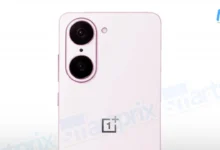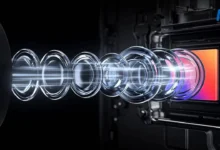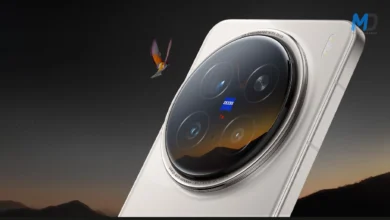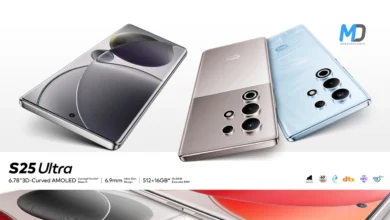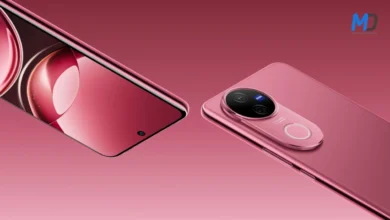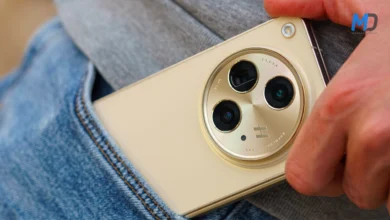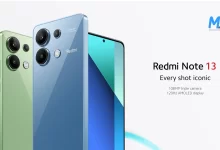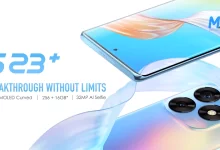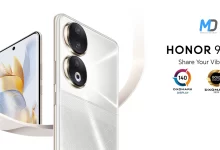Google Pixel 7 series are selling the pure Android benchmark
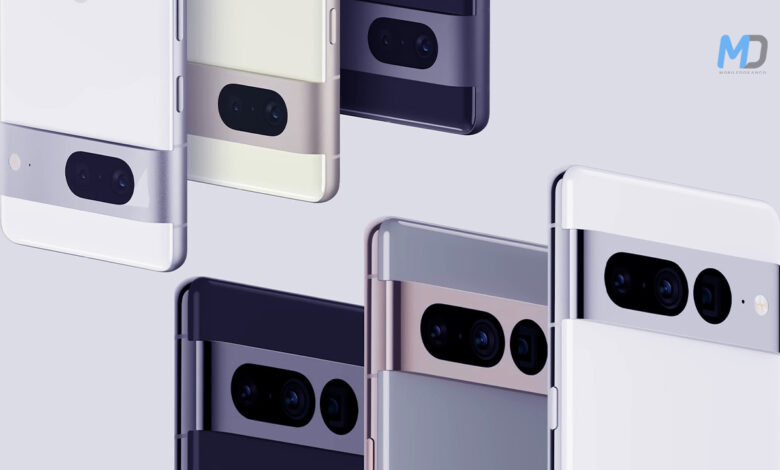
Google Pixel 7 series are selling the pure Android benchmark. Others claim the Pixel 7 line is the best way to enjoy Android 13. Some would even go so far as to say it’s superior because of the Pixel’s unique features and the anticipation of future improvements through Pixel Feature Drops.
Some would also bring up the problems that earlier Pixel models gave their owners. Do you plan on purchasing one of the Pixel 7 versions, or are you interested in exploring other options for a new smartphone? The prices remain the same as last year at $600 (€650) and £850 (for the bigger, more powerful model) for the smaller phone.
That difference always seemed like a phone’s size and still does, particularly when Google has refused the little phone updates like a 120Hz display. The Pixel 7 retains its 90Hz FHD+ display with a slightly reduced size of 6.3″ (from 6.4″). The Pixel 7 is shorter, slimmer, and thinner than its predecessor and a little lighter, which is unusual for a modern smartphone.
Google Pixel 7 series are selling the pure Android benchmark
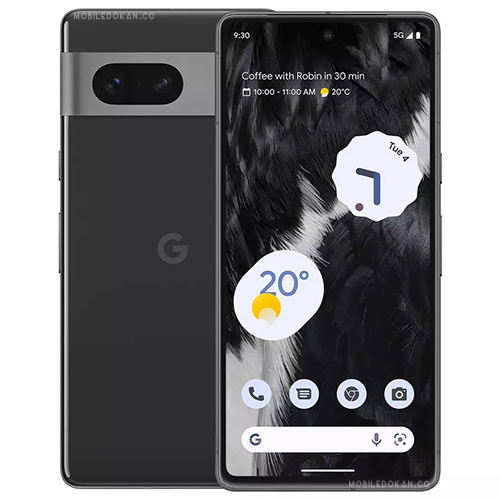
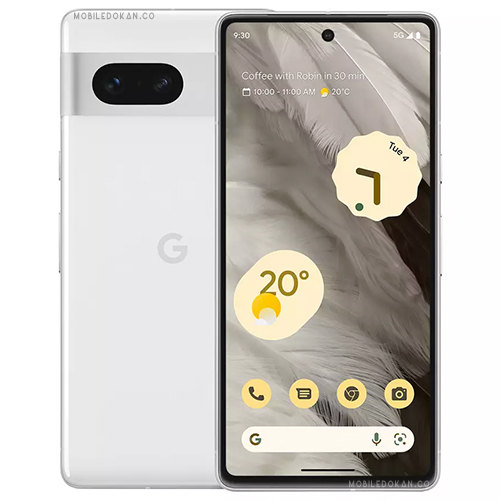
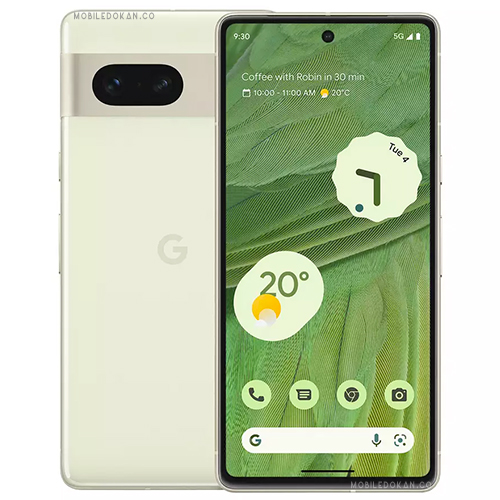
This is by no means a little thing, but it is smaller than it was. Although the battery capacity is lower (4,355 mAh as opposed to 4,614 mAh), it lasts longer thanks to increased efficiency. Everything else remains the same except for the new selfie camera (10.8MP now, wider lens, but still fixed focus).
Since the 50MP primary sensor (1/1.3″, 1.2m pixels, f/1.85 lens with 82° FoV) may be used to provide a super-resolution equivalent of a telephoto lens, a specialized telephoto lens is not necessary. Although the new 48MP sensor has slightly lower pixels than the previous one (0.7m vs. 0.8m), the Pixel 7 Pro’s telephoto lens has been upgraded to 5x optical magnification (up from 4x).
Other than that, Pro’s benefits from last year’s model remain unchanged. This includes a bigger 5,000mAh battery, the tele above the lens, and a more detailed 6.7″ QHD+ display with a 120Hz refresh rate. Google’s second smartphone processor, the Tensor G2, is included in both 7-series devices. The G2’s key selling points are its machine learning, image processing, and security features, not its sheer performance (sorry, Stadia enthusiasts) (the Titan M2 security chip too).
Google Pixel 7 series are selling the pure Android benchmark
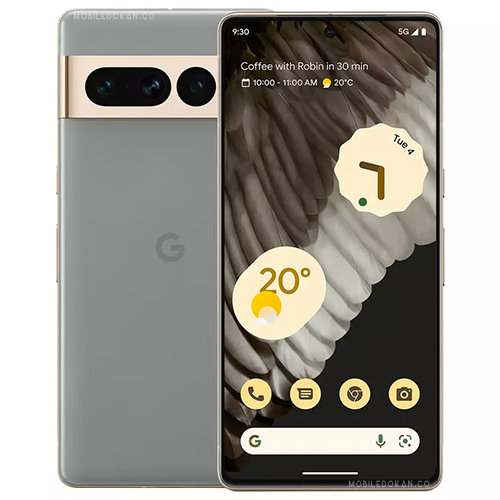
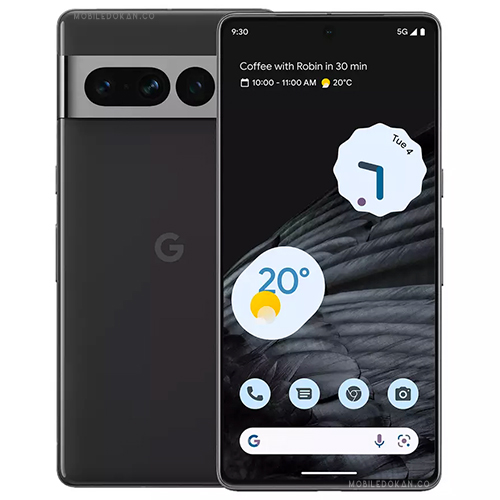
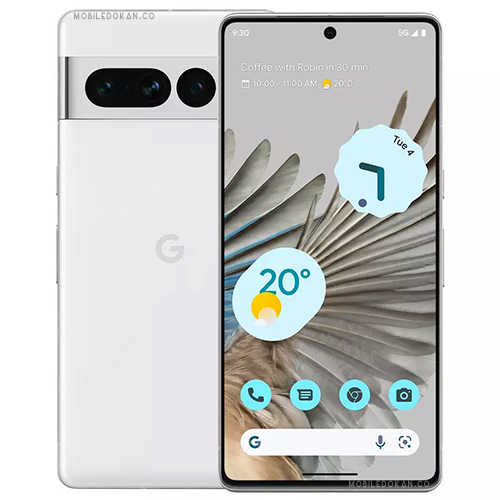
They are the Pixel 7 and 7 Pro’s key selling factors. The Pixel 7, at $600/€650, is much cheaper than other tiny Android phones, such as the Zenfone 9 (€800) or the Xperia 5 IV (€1,050). The OnePlus 10T costs $650.00 / €730.00 more, but it is bulkier, and its primary emphasis is not photography.
The United States and Canada provide the product, where consumer choice is less robust than in Europe and Asia. Compared to Google, Samsung provides better software support if long-term use is a priority. You should expect four major OS upgrades and five years of security fixes on a device like the Galaxy S21 FE (€630). (it did start with Android 12, though). You also get a 120Hz screen and a 3x telephoto lens.
